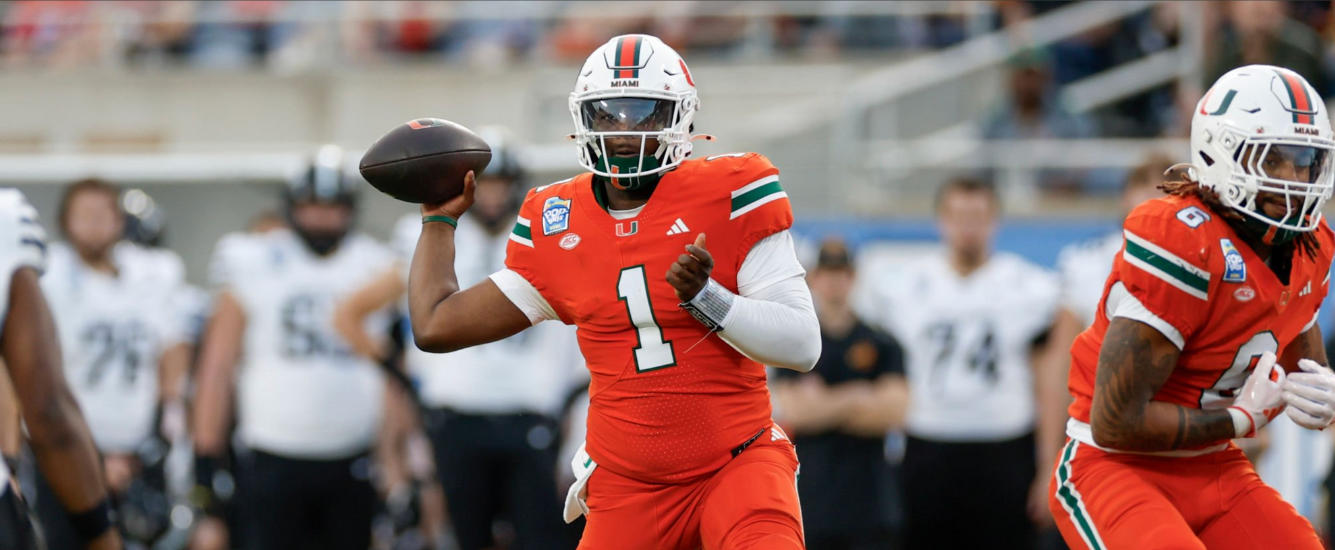Is stacking always the right play in best ball leagues? What if your quarterback picks get much of their fantasy production on the ground, rather than in the passing game? Bjorn Yang-Vaernet explains how to approach stacking with mobile quarterbacks and provides some easy tactics that can give your win rates a significant boost.
Blanket rules are pervasive in the fantasy football industry.
Wait on QBs in redraft. Don’t draft handcuffs in best ball. Always stack in best ball tournaments. While these often give good guidance in general, the nuance and complexities of roster construction are lost when following them to a T.
One example is stacking mobile QBs in best ball. As highlighted by Dave Caban, QB scoring is increasingly becoming top heavy. Not only are these elite, mobile QBs providing a large advantage over their peers, but drafters are more comfortable spending premium draft capital on them. By securing a top QB at the expense of a top-24 WR or RB or top-six TE, it is important to understand how to build the roster around that elite passer.
Zachary Krueger explained the effect of mobile QBs on pass catchers last summer. However, this article will focus more heavily on his parting question: to stack or not to stack? Below, I will explore the historical outcomes of stacking with mobile QBs and two key takeaways to implement in best ball drafts going forward.
Defining Mobile QBs
While Zachary focused on rushing QBs, I broadened my search to mobile QBs. Although more of an art than a science, I used 4.5 rush attempts per game as my threshold. During the 2015 to 2020 seasons (the years that best ball win rates are available in the Best Ball Win Rate Explorer), 161 QBs played 12 or more games in a season. The 80th percentile for rush attempts per game among the sample was 4.5.
Using the RotoViz Screener, I filtered for QBs:
- Years: 2015 to 2020
- Rushing Attempts: minimum of 4.5 per game
- Games: minimum of 12
I then filtered this list for at least 12 games started, so the QBs and receivers sampled were a stack for a majority of the season. Lastly, I removed any QBs that, whether it was them or their pass catchers, were not drafted enough times to be included in the top 240 ADP.

I used receivers instead of WR and TE designations, as some offenses, such as 2019 Baltimore and 2015 Carolina, used a TE as their primary pass catcher. Receivers 1 and 2 are based on ADP prior to the season’s start. This provides an objective way — based on the wisdom of the crowd — to identify the top receivers on each team.















